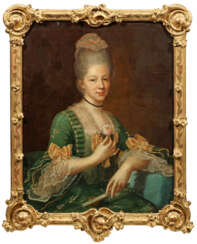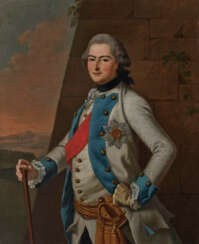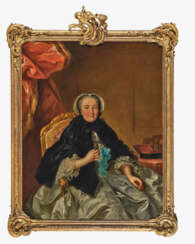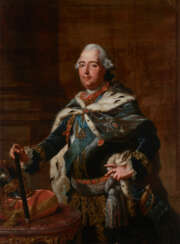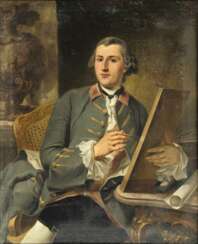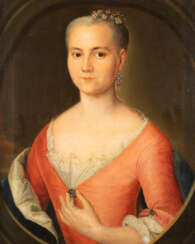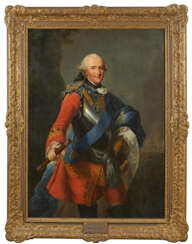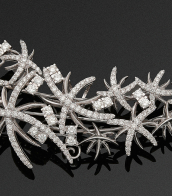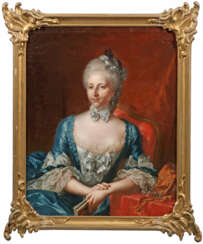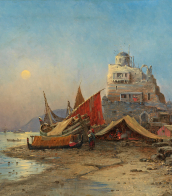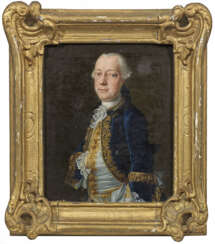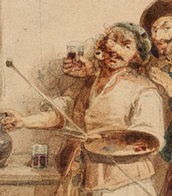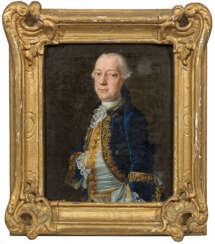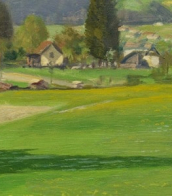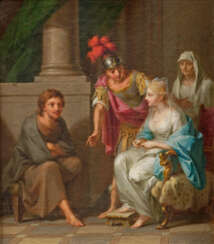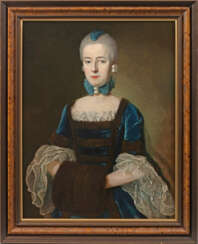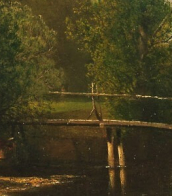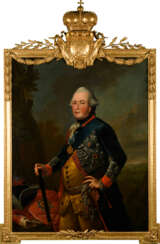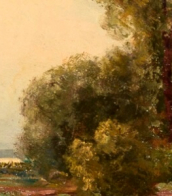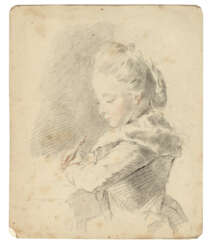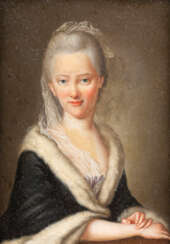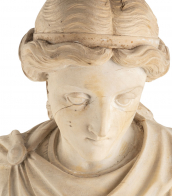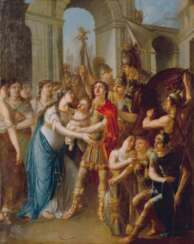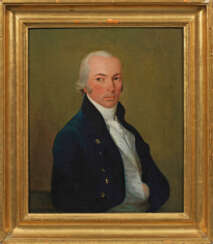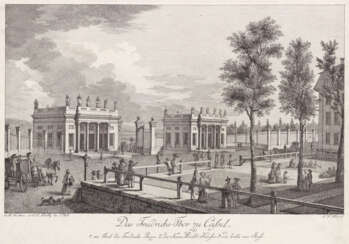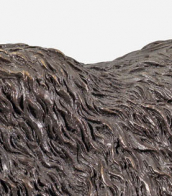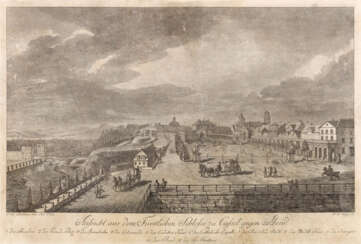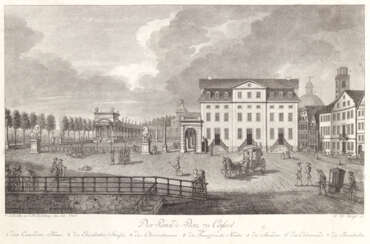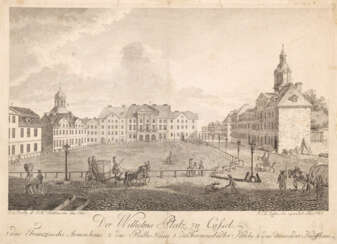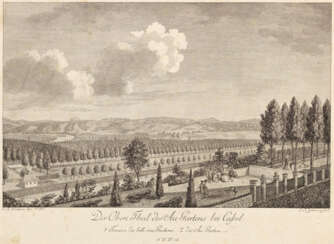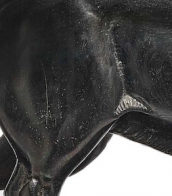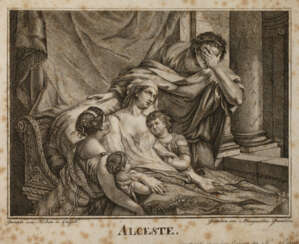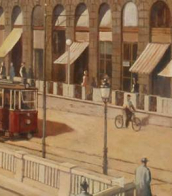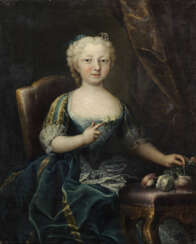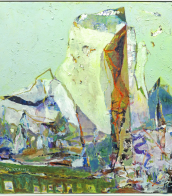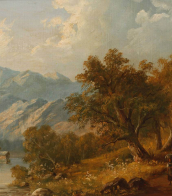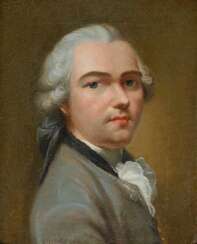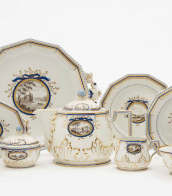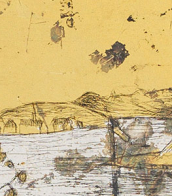heinrich tischbein
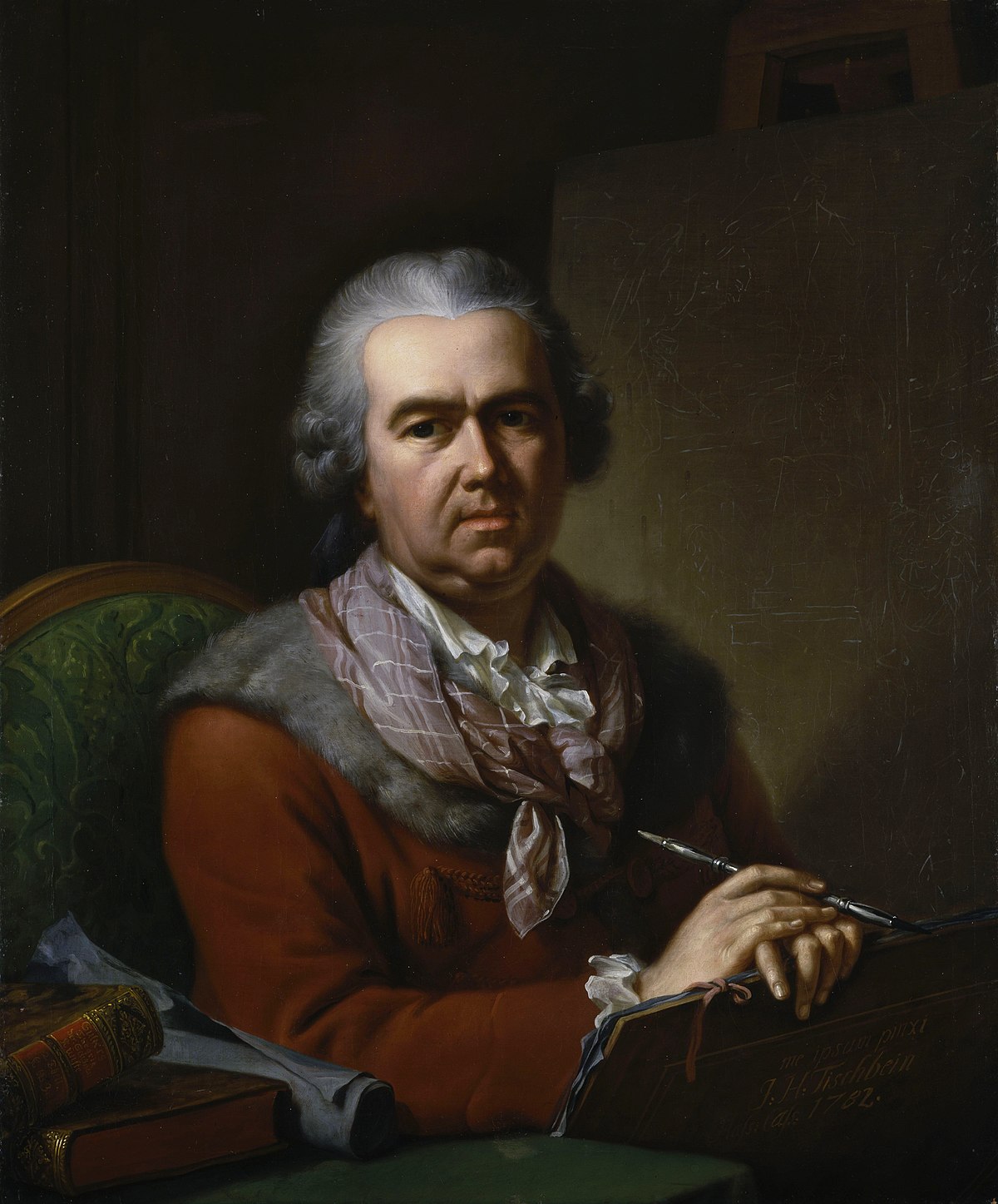
Johann Heinrich Tischbein the Elder, known as the Kasseler Tischbein, was one of the most respected European painters in the 18th century and an important member of the Tischbein family of German painters, which spanned three generations.
His work consisted primarily of portraits of the nobility, mythological scenes, and historical paintings. For his mythology paintings his models were mostly members of the upper nobility.
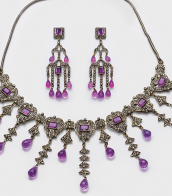

Johann Heinrich Tischbein the Elder, known as the Kasseler Tischbein, was one of the most respected European painters in the 18th century and an important member of the Tischbein family of German painters, which spanned three generations.
His work consisted primarily of portraits of the nobility, mythological scenes, and historical paintings. For his mythology paintings his models were mostly members of the upper nobility.
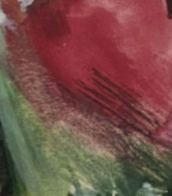

Johann Heinrich Tischbein the Elder, known as the Kasseler Tischbein, was one of the most respected European painters in the 18th century and an important member of the Tischbein family of German painters, which spanned three generations.
His work consisted primarily of portraits of the nobility, mythological scenes, and historical paintings. For his mythology paintings his models were mostly members of the upper nobility.
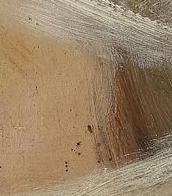

Johann Heinrich Tischbein the Elder, known as the Kasseler Tischbein, was one of the most respected European painters in the 18th century and an important member of the Tischbein family of German painters, which spanned three generations.
His work consisted primarily of portraits of the nobility, mythological scenes, and historical paintings. For his mythology paintings his models were mostly members of the upper nobility.


Johann Heinrich Tischbein the Elder, known as the Kasseler Tischbein, was one of the most respected European painters in the 18th century and an important member of the Tischbein family of German painters, which spanned three generations.
His work consisted primarily of portraits of the nobility, mythological scenes, and historical paintings. For his mythology paintings his models were mostly members of the upper nobility.
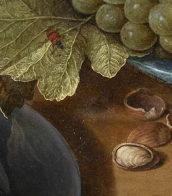

Johann Heinrich Tischbein the Elder, known as the Kasseler Tischbein, was one of the most respected European painters in the 18th century and an important member of the Tischbein family of German painters, which spanned three generations.
His work consisted primarily of portraits of the nobility, mythological scenes, and historical paintings. For his mythology paintings his models were mostly members of the upper nobility.
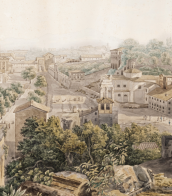

Johann Heinrich Tischbein the Elder, known as the Kasseler Tischbein, was one of the most respected European painters in the 18th century and an important member of the Tischbein family of German painters, which spanned three generations.
His work consisted primarily of portraits of the nobility, mythological scenes, and historical paintings. For his mythology paintings his models were mostly members of the upper nobility.
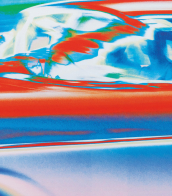
Johann Heinrich Wilhelm Tischbein was a German painter, master of portraiture; a member of the famous Tischbein artistic dynasty, one of the closest friends of the poet Johann Wolfgang Goethe.
He studied painting with his uncle Johann Jacob Tischbein in Hamburg. In 1772-1773 he made a study trip to Holland, and from 1777 was engaged in portrait painting in Berlin. In 1779 he went to Rome on a scholarship to the Academy of Arts in Cassel. After studying the antique art monuments he gradually changed his painting style from rococo to classical. In Italy he painted mostly landscapes, still life and history.
From 1789 to 1799 Johann Heinrich Wilhelm painted in the period from 1789 to 1799. Johann Heinrich Wilhelm Tischbein was director of the Academy of Arts in Naples.
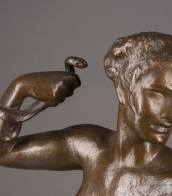
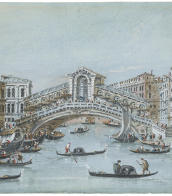
Johann Heinrich Wilhelm Tischbein was a German painter, master of portraiture; a member of the famous Tischbein artistic dynasty, one of the closest friends of the poet Johann Wolfgang Goethe.
He studied painting with his uncle Johann Jacob Tischbein in Hamburg. In 1772-1773 he made a study trip to Holland, and from 1777 was engaged in portrait painting in Berlin. In 1779 he went to Rome on a scholarship to the Academy of Arts in Cassel. After studying the antique art monuments he gradually changed his painting style from rococo to classical. In Italy he painted mostly landscapes, still life and history.
From 1789 to 1799 Johann Heinrich Wilhelm painted in the period from 1789 to 1799. Johann Heinrich Wilhelm Tischbein was director of the Academy of Arts in Naples.
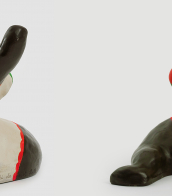
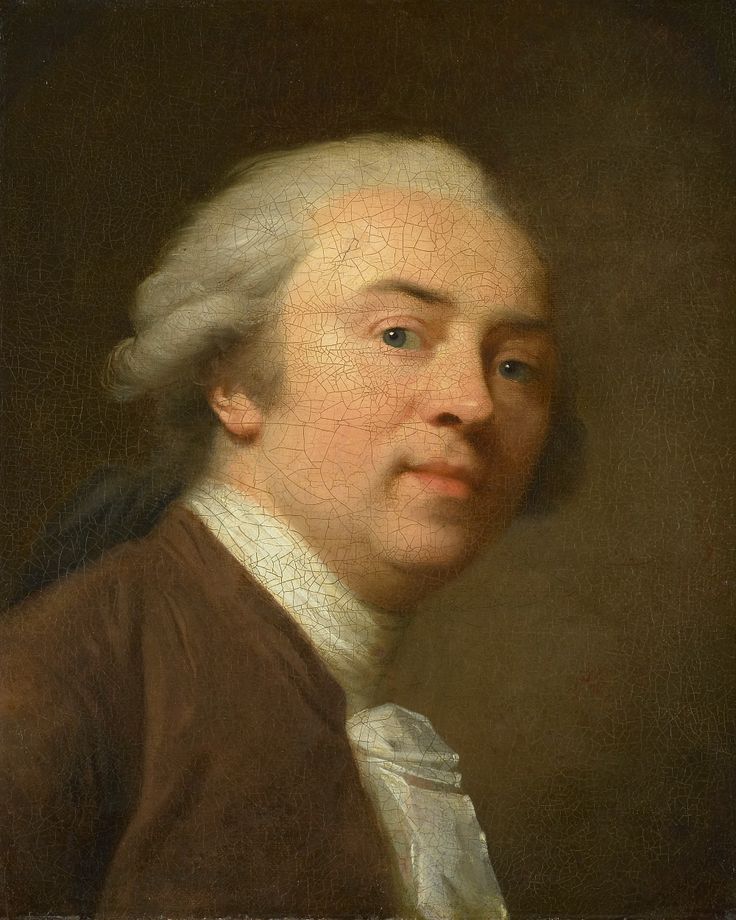
Johann Friedrich August Tischbein was a German painter of the last quarter of the 18th and early 19th centuries. He is known as an academic painter of the Classical era, specializing in portraits, a representative of a large dynasty of artists.
August Tischbein was court painter to Prince Friedrich Karl August and Prince Leopold III Friedrich Franz. He traveled to Italy, where he improved his skills in portrait painting, and achieved success in Berlin and Dresden. In 1799, the artist became director of the Academy of Fine Arts in Leipzig. From 1806 to 1808 he worked in St. Petersburg, where he created portraits of courtiers and representatives of the aristocracy. His works are characterized by strict composition, exquisite coloring and sentimental style of the era. Several of his paintings can be found in the St. Petersburg Hermitage.

